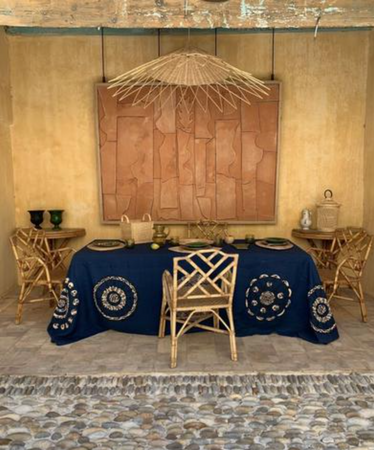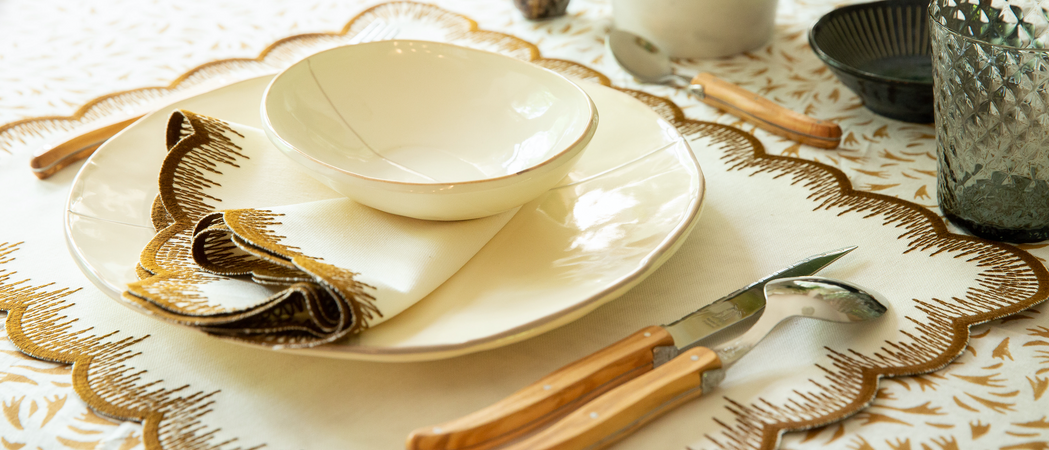The Art of Block Printing: How It Started & Why It’s Special
Let’s Talk About the Ancient Art of Block Printing
Amid all the advanced technology in textile printing today, the art of block printing is still thriving. It’s an ancient art that dates back to the Indus Valley civilization in India, around 3500 to 13000 BC. It’s a labor-intensive technique, but it’s worth it. After all, it often results in prints that will surely capture anyone’s attention. Plus, there’s something charming & unique with the imperfections and print variations the human hands make as they carry out block printing.
How it all started
As mentioned, block printing dates back to the Indus Valley civilization, but many fashion experts believe that it only flourished under the Mughal empire. The Mughals of Rajasthan introduced the beauty of intricate floral designs in clothing and other textiles—which were all printed using the hand-block printing method. Today, the art form is still widely practiced in Rajasthan and other states, including West Bengal, Uttar Pradesh & Punjab.
Some fashion brands modernize other aspects of block printing, but they have kept the handcrafting part since it’s integral to the process & beauty of block-printed textiles. The craftsmanship of the masters of this ancient art makes the hand-block printed tablecloths and other products special and even coveted collectibles for years to come.
How hand-block printing works
Block printing is inarguably tedious. It uses carved wooden blocks to transfer ink or impressions onto fabric. The blocks themselves require ten to 15 days to be perfected. Typically made from teak, pear, or sycamore, the wooden blocks are hand-carved in intricate designs. After that, they are soaked in oil for around 15 days to soften the timber. The fabric must also be washed first to remove any excess starch or dye.
Once the fabric is ready, the artisans will pin it on a printing table. Then, they will prepare the inks on a tray containing glue & pigment binder. After that, they will dip the carved wooden blocks in the color tray and press them onto the fabric pinned on the table. They repeat that process several times until they’ve completed the length of the fabric. They must be precise to ensure zero breaks in motifs, but the slight imperfections make each piece unique.
After being printed, the fabrics are left to dry in the sun. Then, the artisans will steam, wash them in water, let them dry under the sun again, and, finally, iron them before packing them.
Why block-printed textiles are special
In today’s world, where machinery & mass production is widespread, the handicraft & eco-friendly technique of block printing remains special. It promotes precision, but it can forgive slight imperfections. If anything, the print variations caused by the human hand are what make block-printed textiles unique and special. Plus, it fosters craftsmanship that pays homage to India’s long and rich history and culture. So even if the manual process of hand-block printing of textiles is tedious, it’s good that it’s still being practiced. It has the power to continue carving a space in today’s fast-paced world of fashion & manufacturing.
04 Oct, 2022 ·













